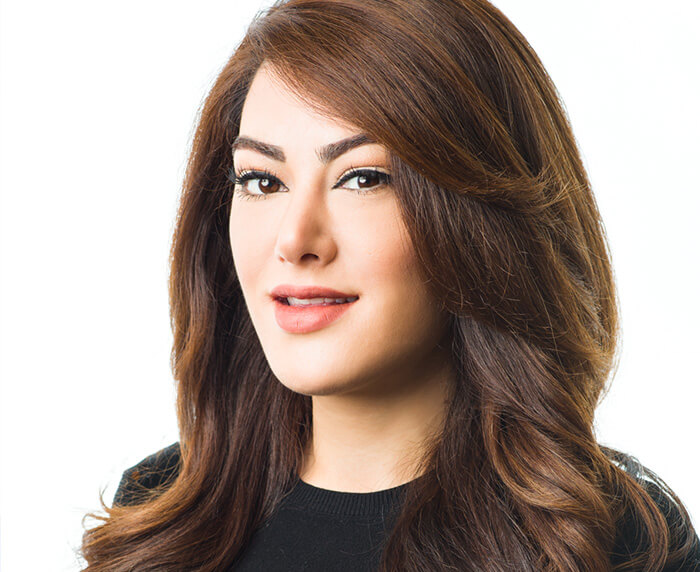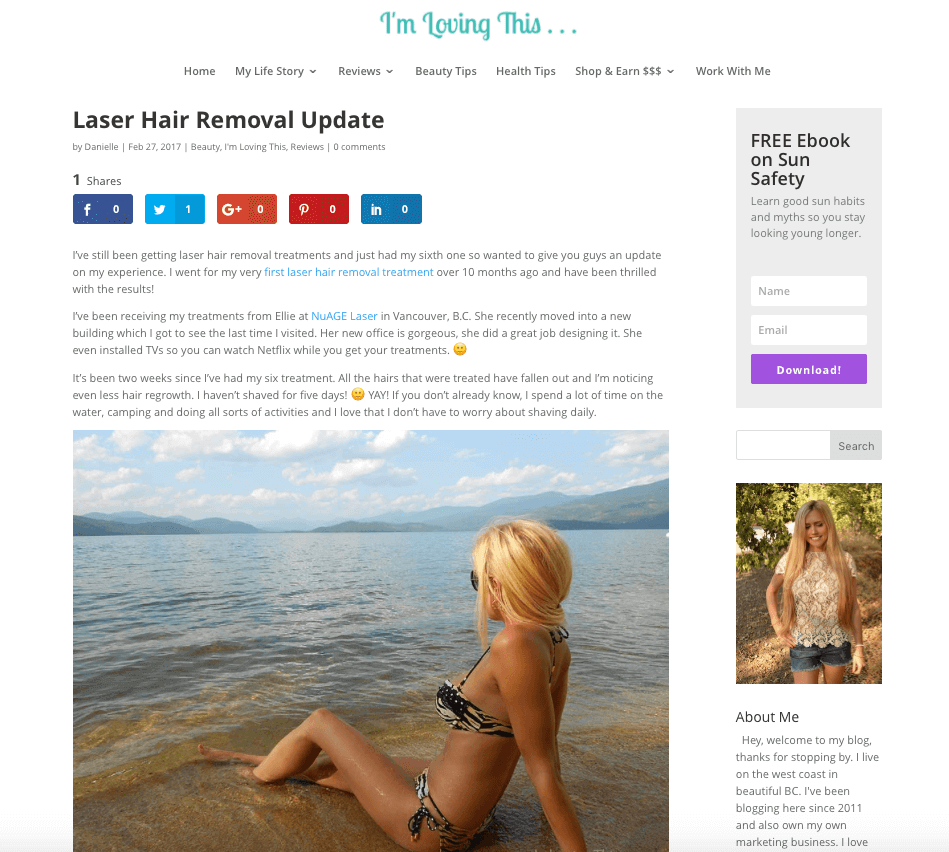
Botox and fillers aren’t new players in the beauty game but they have never been as hot as they are now. It seems like these days, everyone and their mother (and their mother’s mother) are getting injectables. While the products have been around and used cosmetically for over a decade, we didn’t dare utter a word about the enhancements for years.
Oh, how things have changed!
Gone are the days of subtle, hush-hush alterations and procedures. Now, we show off our enhanced appearances with pride and excitement! The “injection selfie,” as we’ve dubbed it, has taken over — full force. With celebrities like the Kardashian/Jenner clan being poster models for enhanced beauty, the trend of injectables seems to be shifting.
Although celebrated and welcomed by some, many of us still worry about the stigma of duck lips and a frozen face when we think of Botox and fillers. But fear not! Thankfully, aesthetic medicine has come a long way and we’re now able to deliver incredibly natural and subtle results without compromising the integrity of your facial expressions. There are 101 uses for Botox and filler aside from the expected frown lines, crow’s feet and perfect pout.
So, what can injectables do for you? The most obvious answer is to reduce the appearance of fine lines and the not-so-fine lines that have been around a little longer. Botox and filler will restore a healthy, youthful, rejuvenated appearance without any of the downtime involved in more invasive procedures. Yet, there’s more. Here are some of the fun facts and hidden talents of Botox and fillers:
- One of the first procedures Botox was approved for by the FDA was the treatment of strabismus, or crossed eyes, where the eyes don’t line up in the same direction.
- A “gummy smile” is characterized by displaying too much of the gum line. It’s usually a result of excessive lip elevation and may be treated by injecting Botox into the upper lip retractor muscle to achieve better balance when smiling.
- Dermal filler may be injected into the back of hands to rid patients of the bony, “veiny” appearance of aging hands.
- Preventing excessive sweating, or hyperhidrosis, with Botox, has been proven effective. The treatment alleviates symptoms by blocking the release of the chemicals responsible for stimulating the sweat glands.
- The feet may also be treated with Botox for controlling sweating. Additionally, filler injected into the balls of the feet of women that wear high heels can alleviate pain and increase the padding that wears down naturally with age.
- Migraine headaches may be lessened or prevented with Botox. While it’s still uncertain exactly how the injectable works to ease symptoms, the theory is that it prevents pain signals from reaching nerve endings.
Slim the jawline and ease temporomandibular joint (TMJ) issues with Botox. When injected into a muscle, Botox will block the nerves in the muscle, which temporarily weakens them. When treating TMJ, this will reduce the hyperactivity of the jaw and associated muscles that are over-working and helps to break the chronic pain cycle. By relaxing the muscles in the jaw, Botox may also have a “slimming” effect in the area, which can help the cheeks look more elevated and balanced.
Book Your Free Consultation Today
So, we know what injectables can do but where do they come from?!
Botox, or botulinum toxin A, was originally derived from botulism in the 1820s. In the 1960s, ophthalmologist Dr. Alan B. Scott had a theory that the muscle relaxing effects of botulinum toxin type A could help treat crossed eyes, so he started injecting it into monkeys. It worked! The FDA approved it a year later for use in patients with crossed eyes and spasms in the muscles of the eyelids. It wasn’t long before it was given the shorter, catchier name, Botox. In 2011, Botox Cosmetic once again got the official stamp of approval from the government but this time for treating frown lines.
Dermal filler, on the other hand, got its start in the world of fat transplants. In 1893, not long after syringes were invented, a doctor by the name of Dr. Neubar became the first medical professional to fill out facial defects by transplanting fat from others areas of the body. If you’ve ever heard of the Brazilian Butt Lift, then you’re aware fat transfers are still around today. However, most people don’t opt to have the procedure performed on their face.
By the mid-20th century, silicone started piquing researchers’ interest and was being used cosmetically. From the 1940s to the 1950s, it was the ingredient of choice for fillers. Unfortunately, patients would often develop granulomas, which are small nodules that form in response to the presence of a foreign substance. In the 1970s, after years of investigating various animal collagens, collagen injections and implants were introduced taking the place of silicone. Today, hyaluronic acid is the reigning champion in the field of fillers.
Hyaluronic acid (HA) is a carbohydrate with a Jello-like texture. It’s found naturally throughout the body and it’s one of the most hydrophilic (water loving) molecules. Since it’s so enamored with H20, it binds and holds on to water helping to lubricate movable body parts and aiding in moisturizing and healing the skin. In fact, it’s often called “nature’s moisturizer.” When hyaluronic acid is injected into the skin, such as with Teosyal dermal filler, which is the kind we use at NuAGE, it instantly plumps the area and restores volume. Thanks to those healing properties we mentioned, it also stimulates the production of collagen.
Who, where, when?
Just about anyone can get injectables to address a variety of concerns. As noted above, the most common areas of injection are between the brows to get rid of frown lines, alongside the eyes to nix crow’s feet and in the lips to enhance their shape and size. Other popular sites are the forehead, nasolabial folds (aka smile lines), the cheeks and under the eyes. Let’s break it down a little further by age.
20s-30s
In your early twenties, Botox should be used very conservatively. Signs of aging are only just beginning and not yet severe enough for most people to undergo any kind of invasive treatment. At this age, filler is typically used for cosmetic purposes, such as enhancing the lips or adding definition to the cheekbone or jaw line. On a “hyperactive” face, Botox may be injected sparingly to decrease over-active muscle activity.
By the mid-to-late twenties, we start to see the expression lines settling into place. This is when patients may opt for light Botox to prevent the deepening of lines. Fewer units would be required to obtain the desired results and injections would be spaced approximately six to eight months apart. Subtle “brow lifts” may also be performed for those with a slight droop or “hood” to their upper eyelid.
30s-40s
It’s in the thirties that most men and women begin to take notice of the signs of aging. This is the timeframe when injectables would switch from being strictly cosmetic to a preventative anti-aging and corrective treatment.
In our mid thirties, we might want to focus on expression lines across the forehead and the frown lines that have cropped up between the brows. Sometimes people also start to see laxity around the eyes and along the jawline and neck. This sagging can be corrected with injectables.
40s-50+
By our forties, expression lines are much deeper and have usually formed around the eyes, mouth and forehead. In our early to mid-forties, Botox might be used on the forehead and between the eyebrows to treat frown lines. Patients may also choose to restore volume under the eyes with dermal filler.
After the forties, patients are looking for more prominent results for rejuvenation and restoring youth. Teosyal dermal filler would be a good option for under the eyes and in the cheeks to boost volume, in the forehead to “push out” deepened lines and along “bonier” areas to create a softened contour.
| Twenties | Thirties | Forties | Fifties + | |
| Forehead | 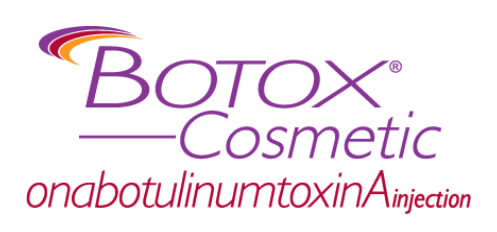 |
 |
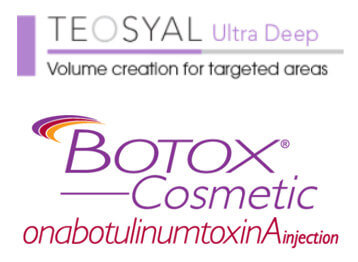 |
 |
| Eyes | 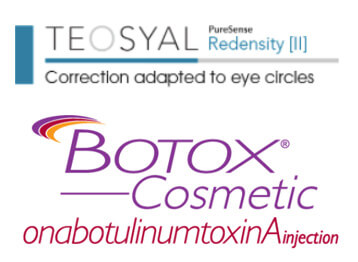 |
 |
 |
|
| Cheeks |  |
 |
 |
|
| Nasolabial Folds |  |
 |
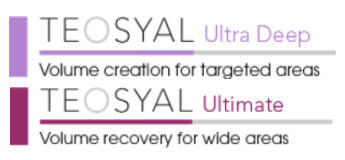 |
|
| Lips |  |
 |
 |
 |
As you can see, there are a lot of options. Whether you go with a combination of Botox and filler or one or the other, will depend on what area of the face you want to treat, the results you’re looking for and your age. Here at NuAGE Laser & Skin Care, we’ve chosen the top-of-the-line, gold standard products to use, such as Botox Cosmetic and Teosyal dermal fillers. Our patients can be rest assured they’re in excellent hands with Dr. Steven Jones who has over 17 years of experience with injections. Nothing but the best for our NuAGE babes! Be sure to check out our before and after Botox and filler pictures to get a sense of how patients have been transformed. Schedule your consultation today so we can assess your needs and see if you’re a candidate for rejuvenating your skin with injectables.

